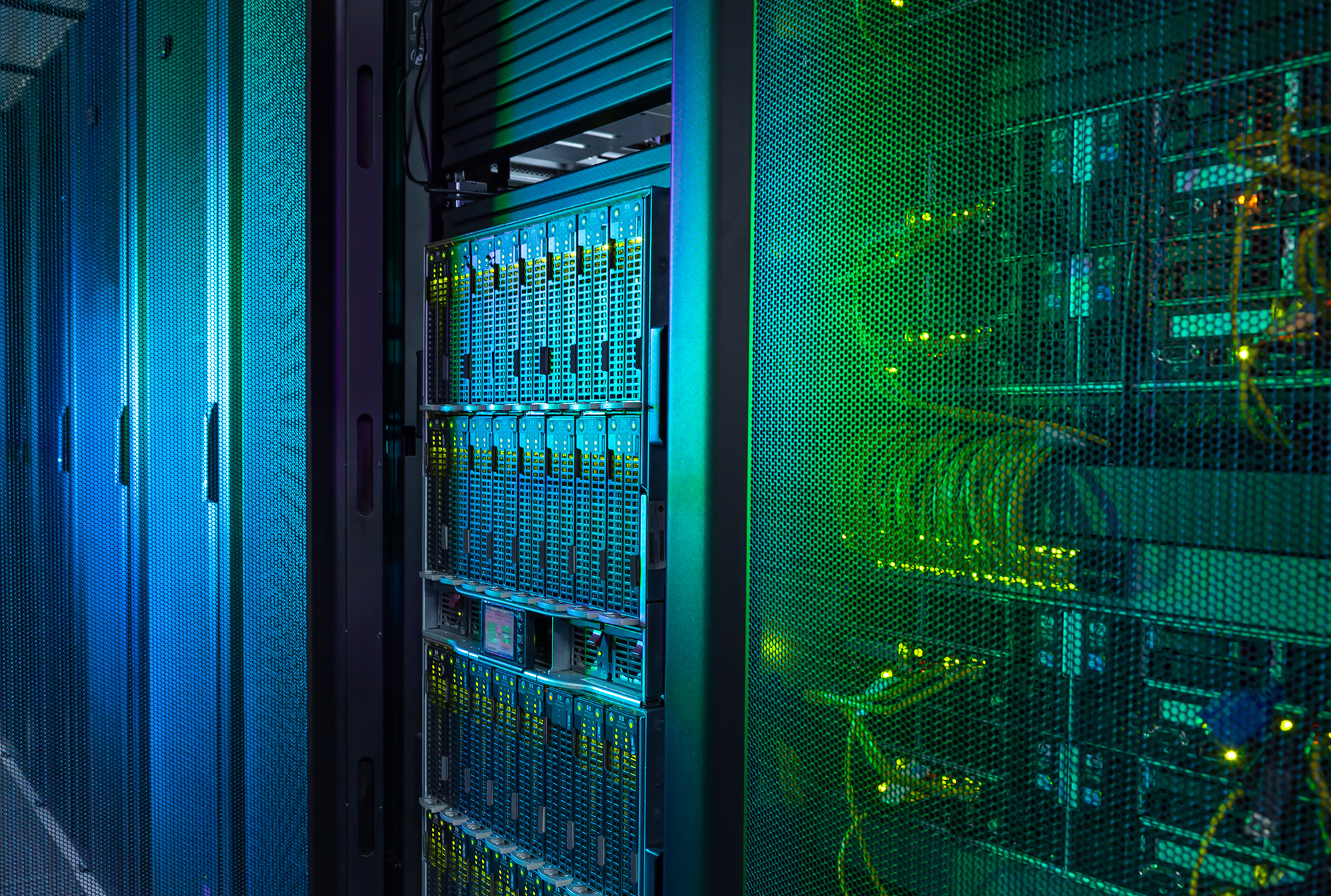%20(2)-2.png)
The direction of travel for business technology is one-way. The momentum towards strategies around decentralised, hybrid technologies is unstoppable.
Examples abound, from the composable software stacks of e-commerce to the ongoing death of monolithic ERP. Modern, digitally-driven business is based on a dynamic alignment of resources, data and technology at the granular level, which is then coordinated precisely.
It is against this backdrop that businesses are exploring hybrid cloud at the edge, moving to compute and storage resources closer to the sources of data.
More sources, more data, more problems?
There are now more sources than ever before – and this will only increase as workforces become increasingly dispersed, and the Internet of Things and its industrial equivalent, continue to grow.
The scale of this growth cannot be ignored. At the end of 2021, there were 11.3 billion active IoT devices. This is predicted to grow to 29.4 billion by 2030. Centralising that much data is neither practical nor desirable.
But – almost regardless of the hybrid working and IoT juggernauts – the improvements in performance and cost that can be realised from edge architectures make a compelling business case on their own. Critical to realising these benefits is to classify the applications in a manner that delivers the maximum value to the business.
For example, not all applications need real-time analytics. That is not to denigrate the applications handling long-term data, but more to demonstrate that some apps need to be kept close and under close watch, whilst others can be housed elsewhere.
You can think of it as the difference between fresh and frozen foods in a commercial kitchen. The chef needs to keep an eye on the fridge more often than the freezer out back.
Alternatively, it may be that specific workloads that are data-heavy, or handle sensitive information and consequently, need to be run in private cloud. The chef is not going to give the expensive truffles to the trainee, but he won't waste his own time peeling spuds.
Different data, different demands
The critical consideration is to recognise that data differs. As such, a business should align the resources around it differently. We have already covered the immediate, short-term benefits of this approach.
And it is important to remember that the processing capabilities of centralised cloud options are already strained. Sending data from hundreds of billions of client devices to tens of millions of centralized cloud servers has led to high hosting costs, wasted bandwidth and huge energy consumption.
Looking to a future of more devices, including IoT sensors, the faster deployment and greater automation that a hybrid cloud architecture enables, will be critical. And it is not just a case of more data demanding better classification.
Becoming self-sustaining
As artificial intelligence (AI) takes more back-office processes, orchestration will become the guidelines that enables the AI to make decisions. Under the governance of the logic in the AI, machines will start to create, and run machines. It will become a self-sustaining, decentralised architecture.
Processing data on the edge at this scale will drastically reduce the reliance on central entities. Businesses will implement hybrid edge cloud to enable any computing device to become part of an infrastructure that is future-proofed and able to scale organically.
What does this granular, coordinated strategy bring to a business? Other than operational and financial improvement, the main benefit is a clear and keen control of the future capabilities of the organisation. Modern business is digital – and as such, the evolution towards a hybrid, edge-based architecture is the future of those businesses looking to be best positioned for growth.
%20(4).png)


